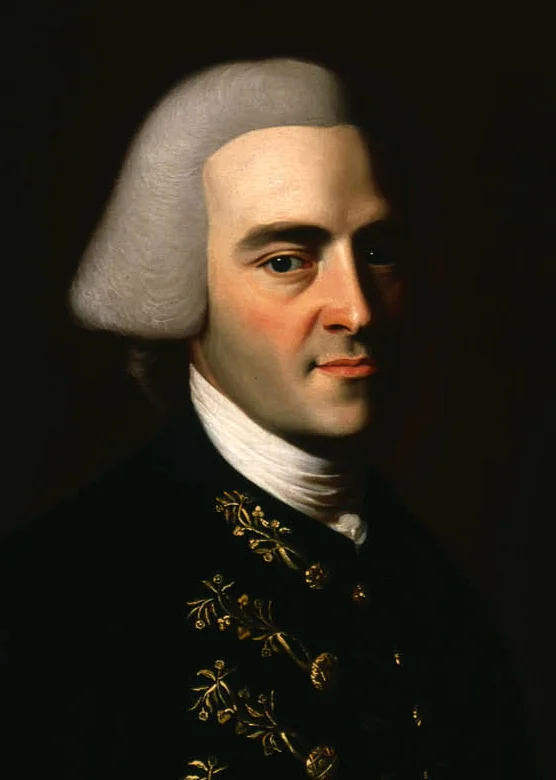John Hancock - The Wealthy Rebel
John Hancock is one of those recognizable names from the American Revolution most of us know very little about. The truth is his leadership (and wealth) not only contributed to the start of the Revolution, but lent credibility to the upstart nation in it's first two decades of existence.
Becoming A Revolutionary
John Hancock inherited wealth and a merchant business as a young man from his uncle. Although he was known for his lavish lifestyle, he was also loved by many Bostonians because of his charitable giving and work for the city.
Hancock held important positions in Massachusetts as the revolution came near. Many of the first problems with British taxation involved ships he owned.
Though Hancock was a protégé of Samuel Adams, he spent time as a middle man between the rebels and Military Governor Thomas Gage. This helped keep the city running during turbulent times.
Eventually, Gage disbanded the colonial government.
In reaction to this, colonists formed the Massachusetts Provincial Government, which met outside the city.
Fully committing to the rebellion, Hancock was unanimously elected president of the Provincial Government.
He was additionally elected to the First Continental Congress, though he did not attend.
Lexington
Hancock began staying outside Boston, at his childhood home in Lexington.
When Paul Revere took his famous midnight ride, he was heading specifically to warn Hancock (and Adams) that the British were coming. There was concern their goal was to arrest him.
In hindsight, the British were just coming for ammunition in Concord, as Gage feared arresting Hancock and Adams would do more harm than good.
Independence
Hancock proceeded to the Second Continental Congress where he was elected president.
He is famous today for his signature on the Declaration of Independence. He allegedly wrote so big that ‘King George could read it without his spectacles.” But this, unfortunately, is a myth that developed in the 19th century.
The truth is, when copies of the Declaration were sent to the thirteen colonies and George Washington’s Army, Hancock was the ONLY person to sign them. (Well….so did secretary Charles Thomson, but we’ll get to him another day.)
Respected Leader
John Hancock returned to Boston after the evacuation of the British. He would be elected Governor of Massachusetts for most of the remainder of his life.
Hancock returned to the Continental Congress briefly to sign the Articles of Confederation.
Years later, Hancock would be the President of the Massachusetts Ratifying Convention. He presided over this body when the (very close) vote was cast to support the U.S. Constitution.
It is often said that Hancock’s support of federalization is what helped ratification pass in Massachusetts. This, in turn, led to the Constitution being adopted across the United States.
If you enjoy learning about the Founding Fathers, please sign up for our email list and/or follow us on Facebook.
To read more about John Hancock, check out one of these books on Amazon:










